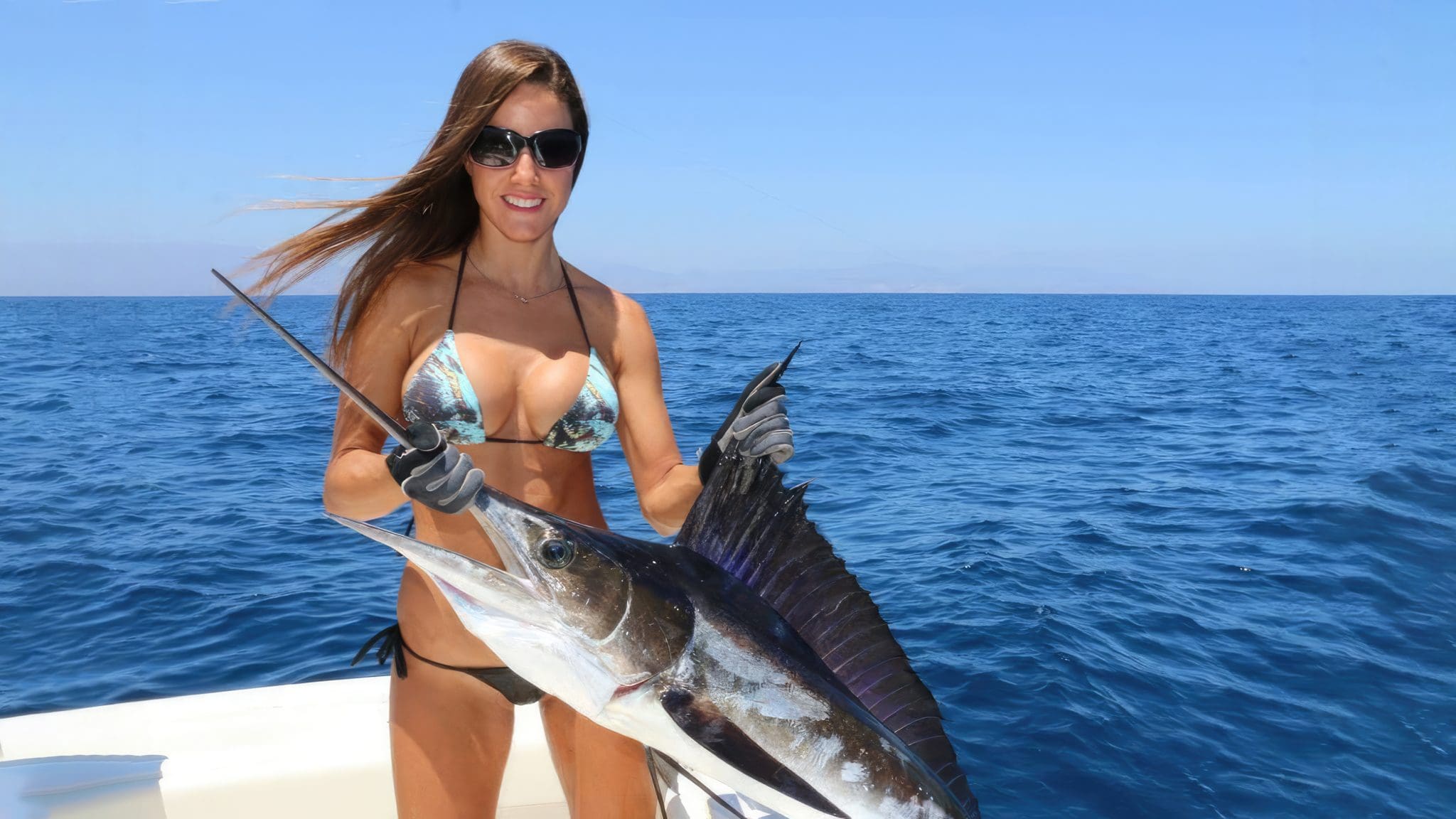Marlin fishing is the pinnacle of sport fishing, offering anglers the chance to battle one of the ocean’s most formidable predators. These powerful and acrobatic fish can provide an unforgettable fishing experience. Here’s an in-depth look at marlin fishing techniques and tips to help you succeed in your quest for these magnificent creatures.
Understanding Marlin Behavior
Marlin are known for their speed, strength, and spectacular aerial displays. They are pelagic species, meaning they inhabit open ocean waters rather than coastal areas. Marlin are often found near underwater structures like seamounts, ridges, and current edges, where baitfish congregate. Understanding their behavior and preferred habitats is crucial for locating and catching them.
Selecting the Right Equipment
Marlin fishing requires heavy-duty gear to handle the size and power of these fish. A sturdy trolling rod and reel capable of holding at least 80-pound test line are essential. Many anglers prefer using braided line for its strength and sensitivity. High-capacity reels with smooth drag systems are necessary to withstand the long, hard runs of a hooked marlin.
Bait and Lures
Both live bait and artificial lures are effective for marlin fishing. Popular live baits include mackerel, bonito, and squid. When rigging live bait, use circle hooks to increase hook-up rates and reduce harm to the fish. Artificial lures such as skirted trolling lures, large plugs, and soft plastics are also effective. Choose lures with vibrant colors and reflective surfaces to attract marlin.

Trolling Techniques
Trolling is the primary method for marlin fishing. Set up a spread of multiple lines at varying distances and depths to cover a wide area. Outriggers can help keep lines separated and reduce tangling. Maintain a trolling speed of 6 to 9 knots, adjusting based on sea conditions and marlin behavior. Watch for signs of marlin activity, such as birds diving, baitfish schooling, or surface splashes.
Spotting and Hooking Marlin
Keep a keen eye on the water while trolling. Marlin often reveal their presence by “tailing” (swimming with their dorsal fin out of the water) or “free jumping.” When a marlin strikes, resist the urge to set the hook immediately. Allow the fish to take the bait and turn before applying pressure to set the hook. Once hooked, be prepared for a long and intense battle.
Fighting and Landing Marlin
Fighting a marlin requires strength, stamina, and technique. Use your body to leverage the rod and reel, conserving energy for the fight. Marlin often make powerful runs and acrobatic jumps, so stay alert and maintain steady pressure on the fish. Use a fighting belt and harness to distribute the strain. When the marlin tires, bring it alongside the boat for tagging or release.
Tag and Release
Many marlin anglers practice tag and release to conserve fish populations. Use a tagging kit to mark the fish for research and tracking purposes. Handle the marlin carefully to minimize stress and injury, and release it as quickly as possible. Proper tag and release techniques help preserve marlin populations for future generations of anglers.
Safety Considerations
Safety is paramount when marlin fishing. Always wear a harness and fighting belt to distribute the strain of battling a marlin. Keep a clear deck to prevent tripping hazards, and communicate effectively with your crew. Be prepared for changing weather conditions and have a plan in place for emergencies.
Marlin Fishing Destinations
Popular marlin fishing destinations include Hawaii, Mexico, Australia, and the Caribbean. Research the best times of year for marlin fishing in your chosen location, as marlin tend to migrate and follow specific patterns based on water temperature and food availability.
By understanding marlin behavior, selecting the right equipment, and employing effective techniques, you can increase your chances of successfully catching marlin and experiencing the thrill of battling one of the ocean’s most formidable predators.
Images: BlackLabel





